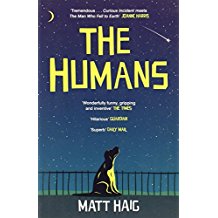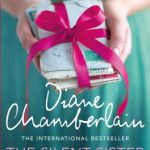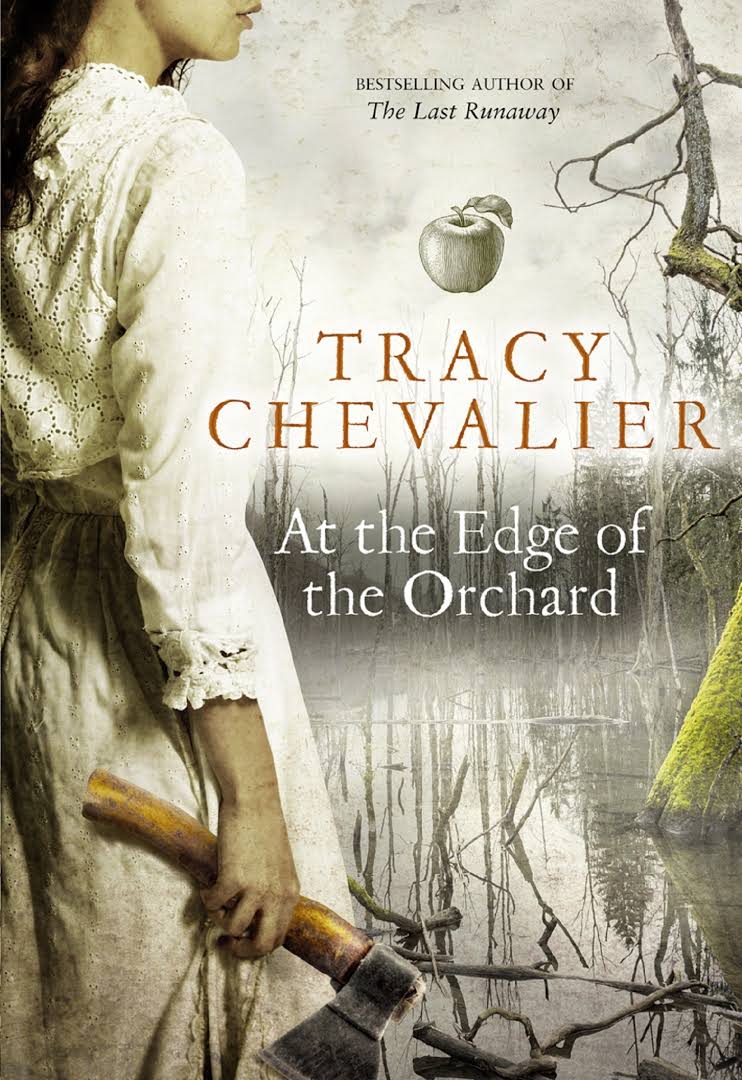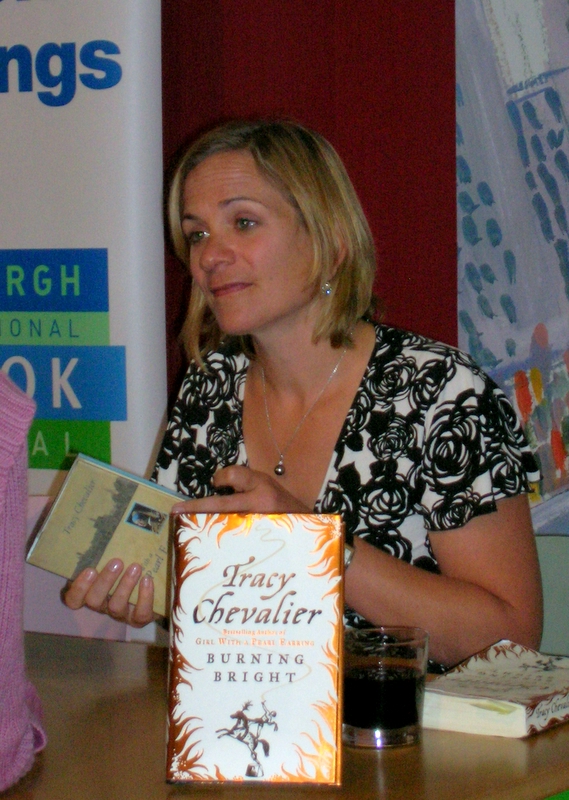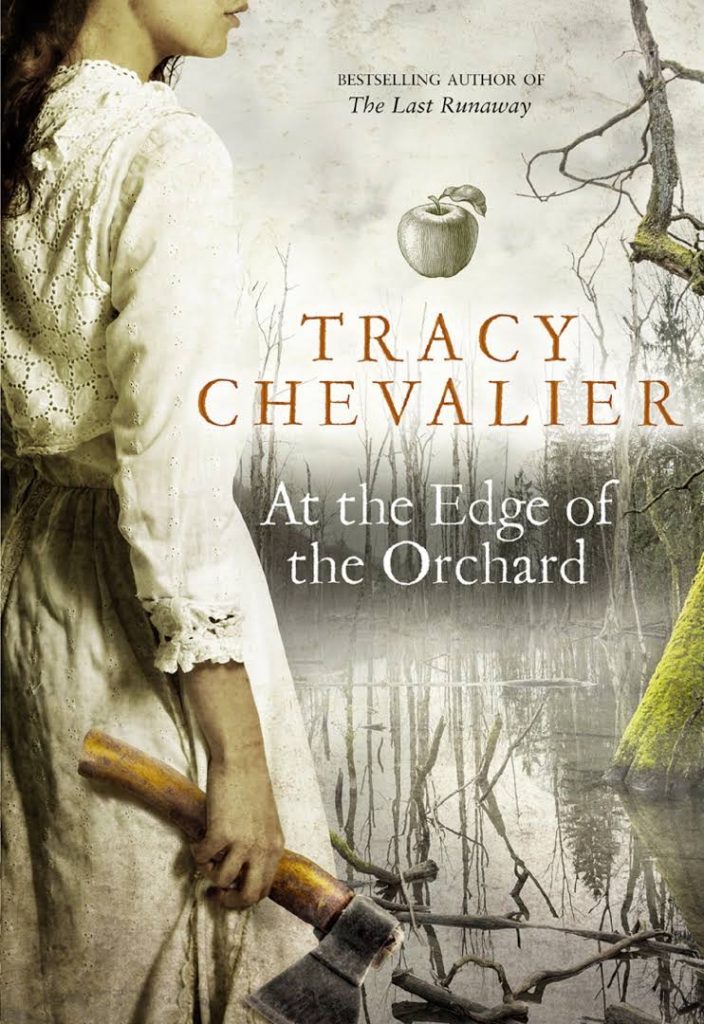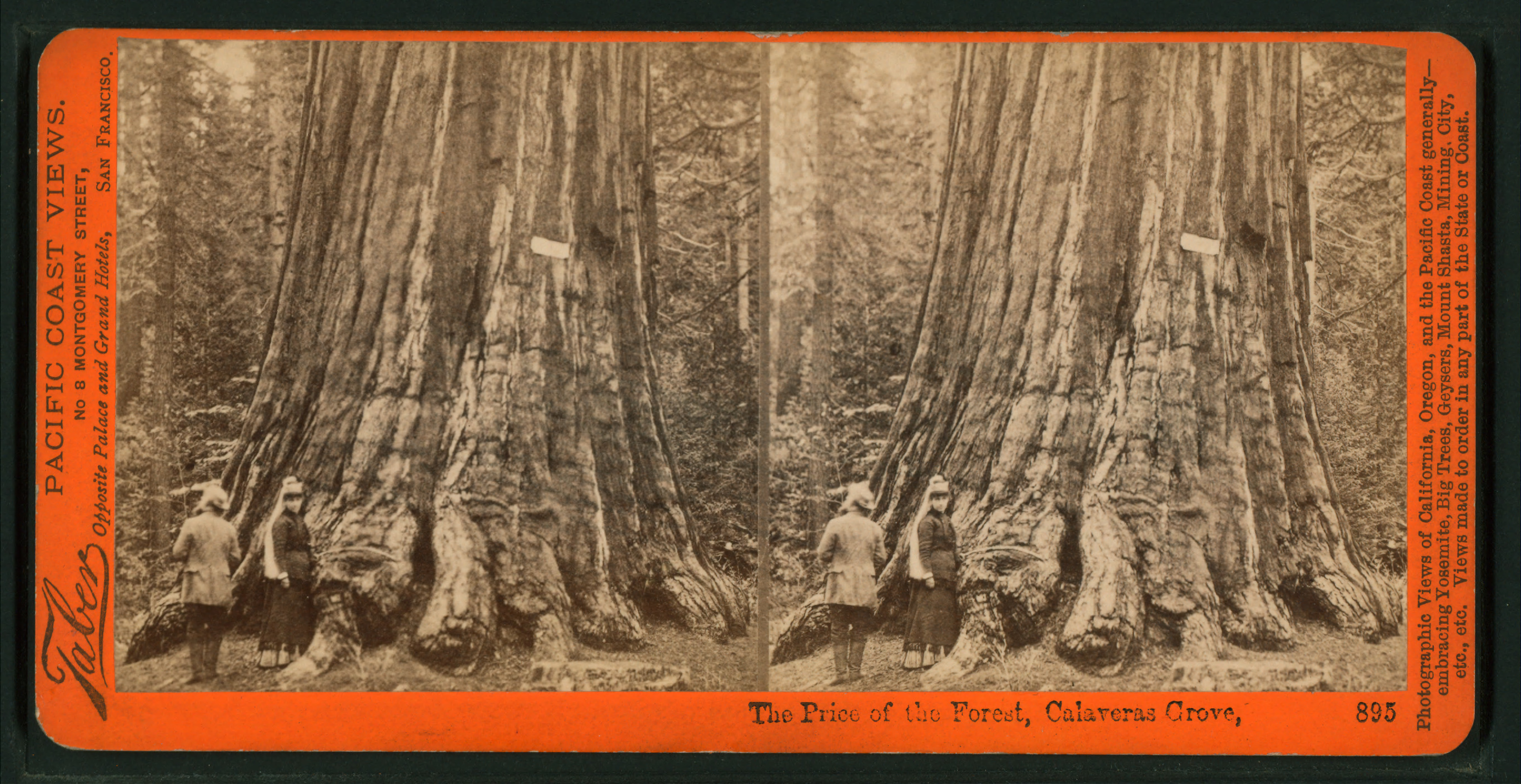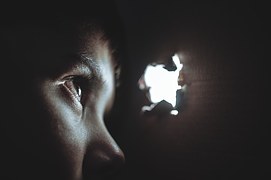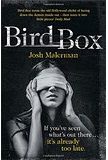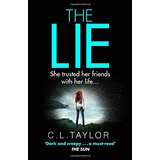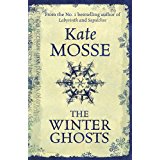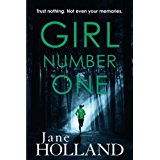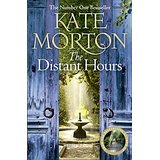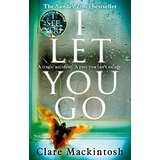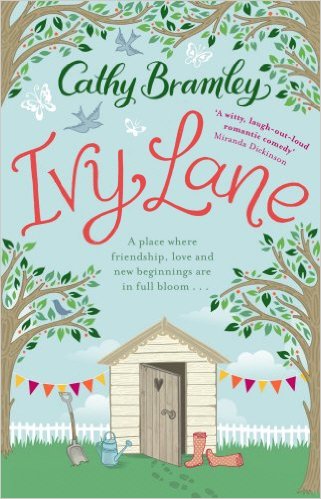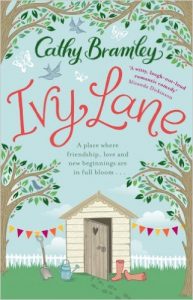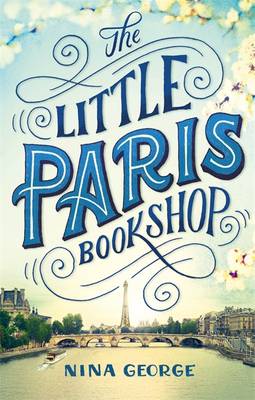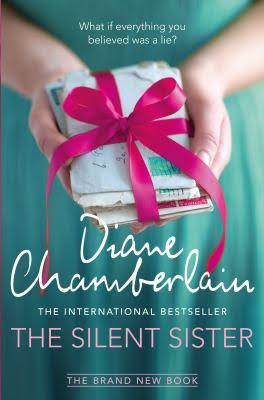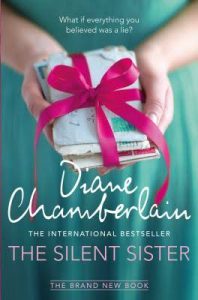It’s February 14th and love is in the air! Chocolates have been lavished on Mr R and a very large lunch, which will have done nothing at all for my weight loss plans, has been lavished upon me, Mrs R, by Mr R.
But of course, he’s not the only love of my life. There are also books.
I love many books, but I thought I’d share eight that have stood out for me in the last eighteen months. Here they are, in no particular order:
1. The Humans by Matt Haig
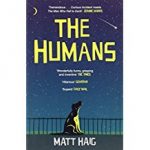 How do we look, as a race, from the outside? This great book by Matt Haig proposes some answers to this question and is alternately, and sometimes simultaneously, hilarious and profound. It tells the story of Professor Andrew Martin, found walking naked through the streets of Cambridge with a newly acquired repulsion for all things human and, well, humans.
How do we look, as a race, from the outside? This great book by Matt Haig proposes some answers to this question and is alternately, and sometimes simultaneously, hilarious and profound. It tells the story of Professor Andrew Martin, found walking naked through the streets of Cambridge with a newly acquired repulsion for all things human and, well, humans.
The tale of how and why he changes his mind is guaranteed to lift your spirits and focus you on what is really important in life. A book everyone should read!
2. The Silent Sister by Diane Chamberlain
Intricate, twisty and emotionally compelling. Think CL Taylor meets Jodi Picoult. The story of how far parents will go to protect their child and the lies they will tell to do so – even to their other child. You can read my review, but here’s a snippet:
‘The characterisation is excellent – to the extent that, a little unusually for a book that definitely borders on a thriller, I wanted to stay with these characters and find out what happened to them next… The ongoing tension and mystery are well-maintained and just when you think you’ve hit the twist too early, another comes along. Gripping, believable, well-written and impossible to put down.’
3. The Taxidermist’s Daughter by Kate Mosse
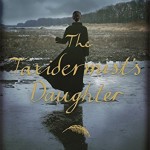 This book by one of my top three favourite authors was at the top of my 2015 Christmas list, and I fangirled about it here: ‘A great story… using beautiful and well-crafted language.’ ‘An atmospheric and compelling gothic thriller – and a perfect example of a book where plot, characterisation, theme and setting are perfectly balanced and beautifully blended.’
This book by one of my top three favourite authors was at the top of my 2015 Christmas list, and I fangirled about it here: ‘A great story… using beautiful and well-crafted language.’ ‘An atmospheric and compelling gothic thriller – and a perfect example of a book where plot, characterisation, theme and setting are perfectly balanced and beautifully blended.’
Hopefully, my blurb will make you want to read it too: ‘Connie had an accident that nobody will talk about. Connie has no idea why she calls her father by his surname. Connie doesn’t know why she remembers a yellow ribbon she doesn’t own, tied around hair that is not hers – or why she has a vague impression that she was once loved and cared for by someone who was not her mother but is, like her mother, no longer present in her life.’
4, I Let You Go by Clare Mackintosh
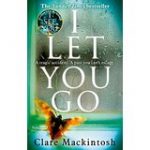 This novel, like Cally Taylor’s below, featured in my Six Stories to Send a Shiver up your Spine, so I’ve cheekily stolen my comments from that post:
This novel, like Cally Taylor’s below, featured in my Six Stories to Send a Shiver up your Spine, so I’ve cheekily stolen my comments from that post:
‘How does it feel for a mother to watch her 5-year-old son run into the path of a car when she’s let her attention slip for the tiniest of moments? In a split second, Jenna Gray’s world descends into a nightmare. She tries to move on, believing that her home, her town and those traumatic memories are the only things she must leave behind to disappear and start afresh. But she’s wrong…
Grief, paranoia… and then discovering that you’re not paranoid, they really are out to get you […] it’s a tense and sometimes terrifying story that’s impossible to describe without revealing spoilers. In between the ‘aaargh!’ moments, it’s also a great story about a fresh start.’
5. The Lie by CL Taylor
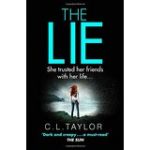 A thriller about a seemingly harmless and peaceful retreat and a group of seemingly harmless, peaceful friends who visit the retreat for a holiday. What could go wrong? Quite a lot – and that’s why the novel was another included in my Six Stories to Send a Shiver up your Spine post:
A thriller about a seemingly harmless and peaceful retreat and a group of seemingly harmless, peaceful friends who visit the retreat for a holiday. What could go wrong? Quite a lot – and that’s why the novel was another included in my Six Stories to Send a Shiver up your Spine post:
‘This is a psychological thriller, but it conveys the characters’ terror and confusion so well that it becomes a borderline horror tale. It makes us ponder how well any of us can really distinguish between good and evil; how easily we can be persuaded that acting out of character and against our instincts is somehow liberating us; and how hard we find it to believe that someone we trust can do the unthinkable.
Unpredictable, twisty and satisfying – a tale about control and the inability to ever put the past behind us completely. Don’t start reading it without a few hours to put aside!’
6. The Little Paris Bookshop by Nina George
 Another story about a fresh start, this also features another beloved theme of mine – spontaneous acts that change a character’s life. Although this translation felt a little stilted at the beginning, the story of Jean Perdu, the Paris bookseller whose bookshop is not on a street but on a barge on the Seine, was soon drawing me in. As I explained in my review. ‘…it’s a bookshop with a difference, too. It’s a ‘literary apothecary’, where Jean ‘prescribes’ his customers the books they need to soothe their soul. Yet Jean can’t cure himself of his heartbreak. It takes the arrival of a new neighbour and a new friend to shake things up, setting him and his bookshop free from their moorings. Jean leaves Paris behind and sets off on a quest to Provence, where he hopes to find answers to questions that have haunted him for years.’
Another story about a fresh start, this also features another beloved theme of mine – spontaneous acts that change a character’s life. Although this translation felt a little stilted at the beginning, the story of Jean Perdu, the Paris bookseller whose bookshop is not on a street but on a barge on the Seine, was soon drawing me in. As I explained in my review. ‘…it’s a bookshop with a difference, too. It’s a ‘literary apothecary’, where Jean ‘prescribes’ his customers the books they need to soothe their soul. Yet Jean can’t cure himself of his heartbreak. It takes the arrival of a new neighbour and a new friend to shake things up, setting him and his bookshop free from their moorings. Jean leaves Paris behind and sets off on a quest to Provence, where he hopes to find answers to questions that have haunted him for years.’
And why did I love it? ”The sense of escape – of leaving behind the trappings of normal everyday life to pursue an answer or a goal – is always one that appeals to me. I loved the dry wit and how a section of the novel is part- travelogue, with entertaining and evocative descriptions of the places and people the travellers encounter, and their life on the boat.
This book also had some subtle things to say about life, books and reading, and that scores highly with me. I grew to love the characters and could happily have stayed with them a little longer. Guilt, regret, happiness, love, loss, freedom, fresh starts and a warning against presuming that you know someone else’s reactions, feelings or motivations – and acting on those presumptions without checking you’re right.’
7. Birdbox by Josh Malerman
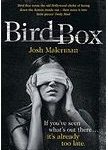 Yet another one from Six Stories to Send a Shiver up your Spine and definitely one of the most original books I’d read in awhile.
Yet another one from Six Stories to Send a Shiver up your Spine and definitely one of the most original books I’d read in awhile.
‘Like dystopian, post-apocalyptic weirdness? Then [this book] is the one for you – unless you’re the kind of person who can’t go upstairs to a dark bedroom after watching a horror film…
“Most people dismissed the reports on the news. But they became too frequent; they became too real. And soon it was happening to people we knew.
Then the Internet died. The televisions and radios went silent. The phones stopped ringing.
And we couldn’t look outside anymore.”
The beauty of this book is its simplicity. We never see the horror, and nor do the main characters… that are still alive. What we do feel, intensely, is the terror of people who daren’t use the sense most of us primarily rely on to orient ourselves and keep us safe – our sight. What happens to a society literally too afraid to look – yet still unaware what they’ll see when they do?
Massively gripping – and probably not a read for a week when you’re feeling stressed. It does its job too well and you live every agonisingly tense, terrifying moment along with the main character.’
8. At the Edge of the Orchard by Tracy Chevalier
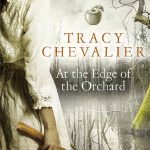 I love everything Tracy Chevalier does; this isn’t my favourite novel of hers, but would certainly rank in my top 4 – and it’s the only one of hers I’ve read in the last eighteen months. It’s also my most recent read in this selection and, unsurprisingly, I reviewed this story about James and Sadie Goodenough, who settled where their wagon got stuck – in the muddy, stagnant swamps of 1830s Ohio.
I love everything Tracy Chevalier does; this isn’t my favourite novel of hers, but would certainly rank in my top 4 – and it’s the only one of hers I’ve read in the last eighteen months. It’s also my most recent read in this selection and, unsurprisingly, I reviewed this story about James and Sadie Goodenough, who settled where their wagon got stuck – in the muddy, stagnant swamps of 1830s Ohio.
It’s a sometimes dark and brutal story about a dysfunctional family working relentlessly to tame their patch of land, buying saplings from John Appleseed to cultivate the fifty apple trees required to stake their land claim and Robert, the youngest Goodenough, who escapes that life but is always drawn to trees as he wanders across the country.
But did I feel the love? I surely did!
‘This is a beautiful story; as usual, Tracy Chevalier’s impeccable research makes the time, the place and the events totally believable and fully immersive. I always revel in her wonderful use of language, but I particularly liked her use of different diction and word choice to separate James and Sophie’s characters and narratives, and it’s just part of what makes the characters so well realised and believable.
…There’s also the added delight, as with all of her novels, of effortlessly acquiring fascinating insights into the lives of people in the past and gaining knowledge about a host of new topics. For instance, before reading At the Edge of the Orchard I’d never heard of Calaveras Grove, where giant sequoias were first identified – and had barely heard of Johnny Appleseed before either.
Two days after I finished reading this novel, Calaveras Grove was on the news because its famous Pioneer Cabin tree had come down in a storm on the 8th of January…,I can feel my brain grow a little whenever I read a Chevalier book, and that’s a feeling I love. It’s what puts her among my top five authors.’
So that’s eight of my best-loved books. Care to share yours? 🙂
